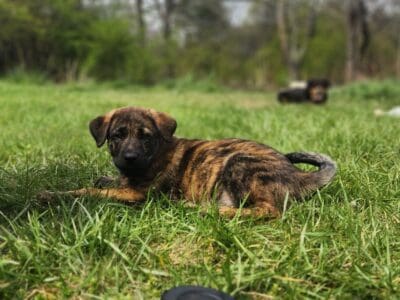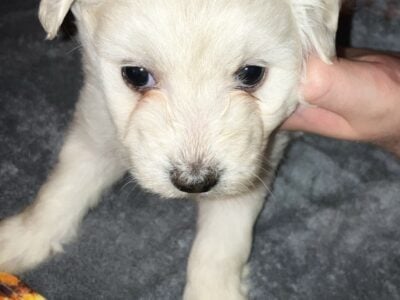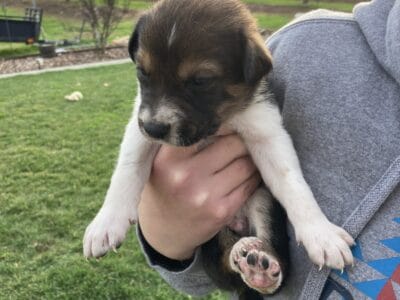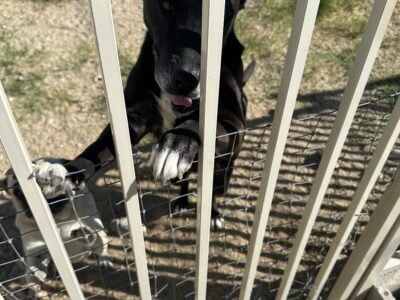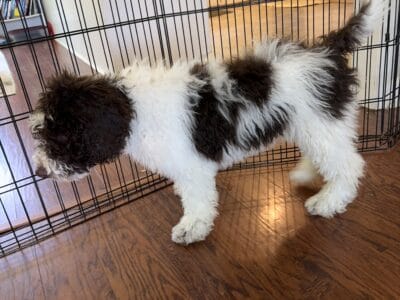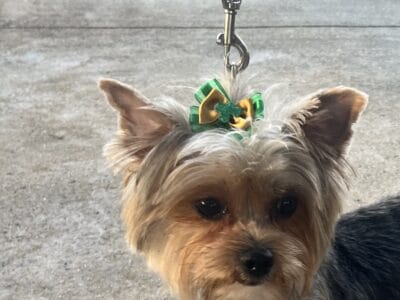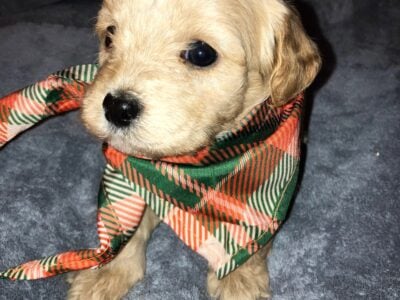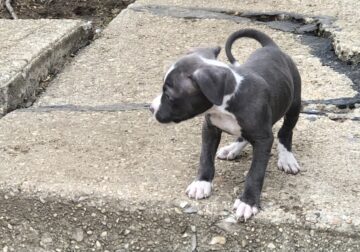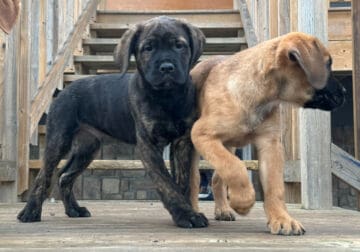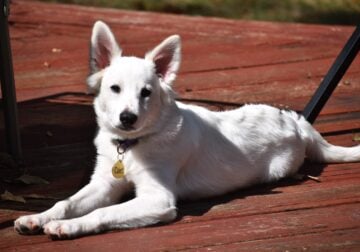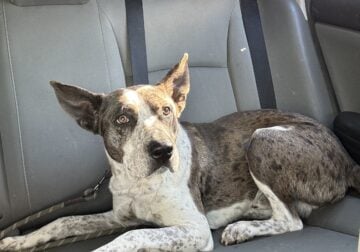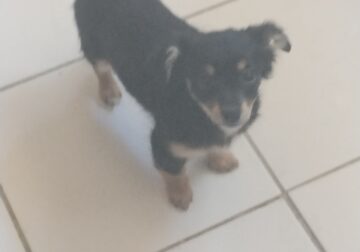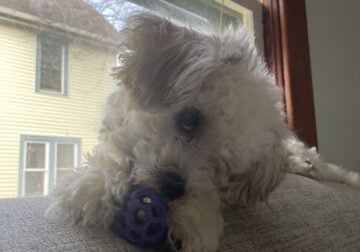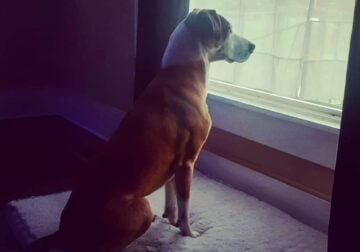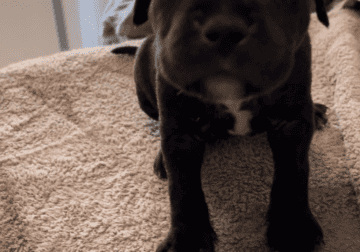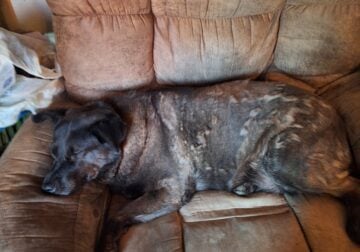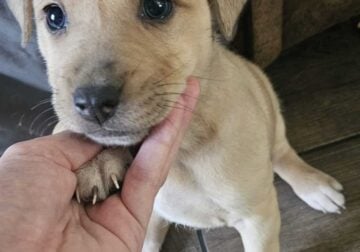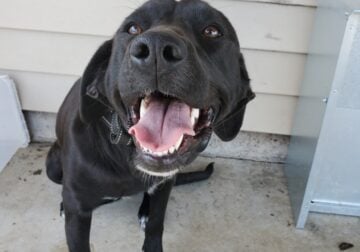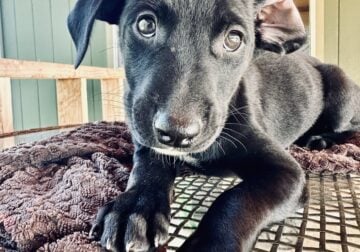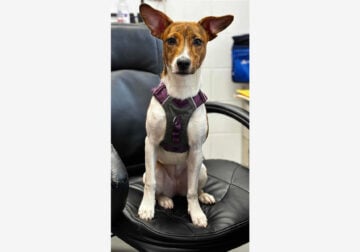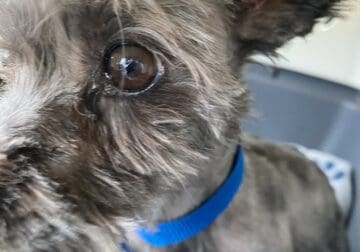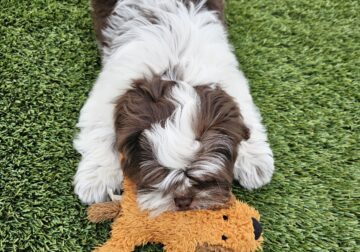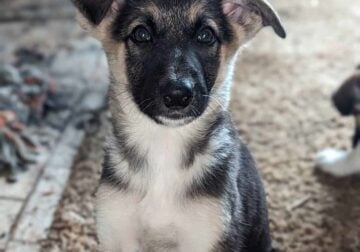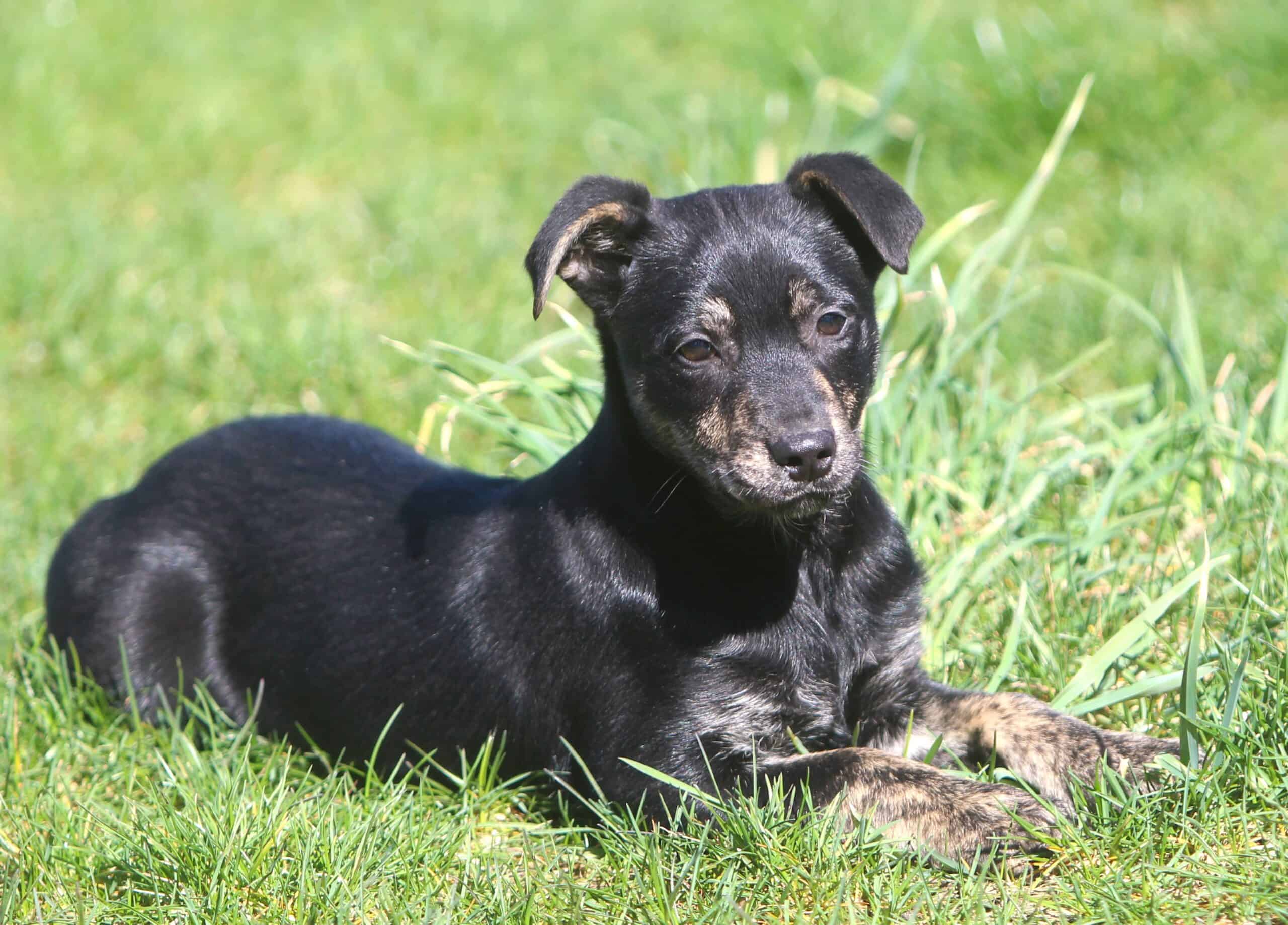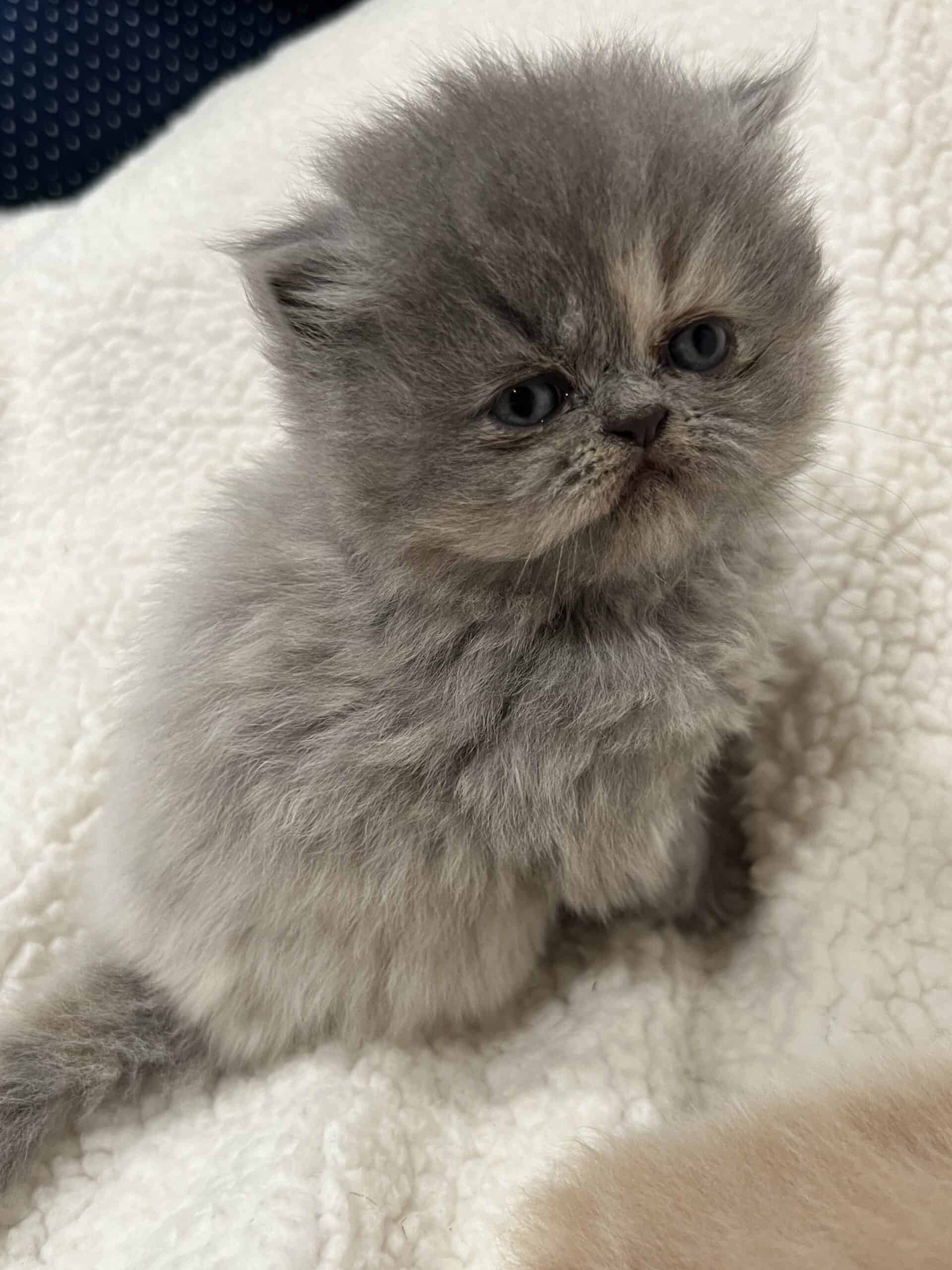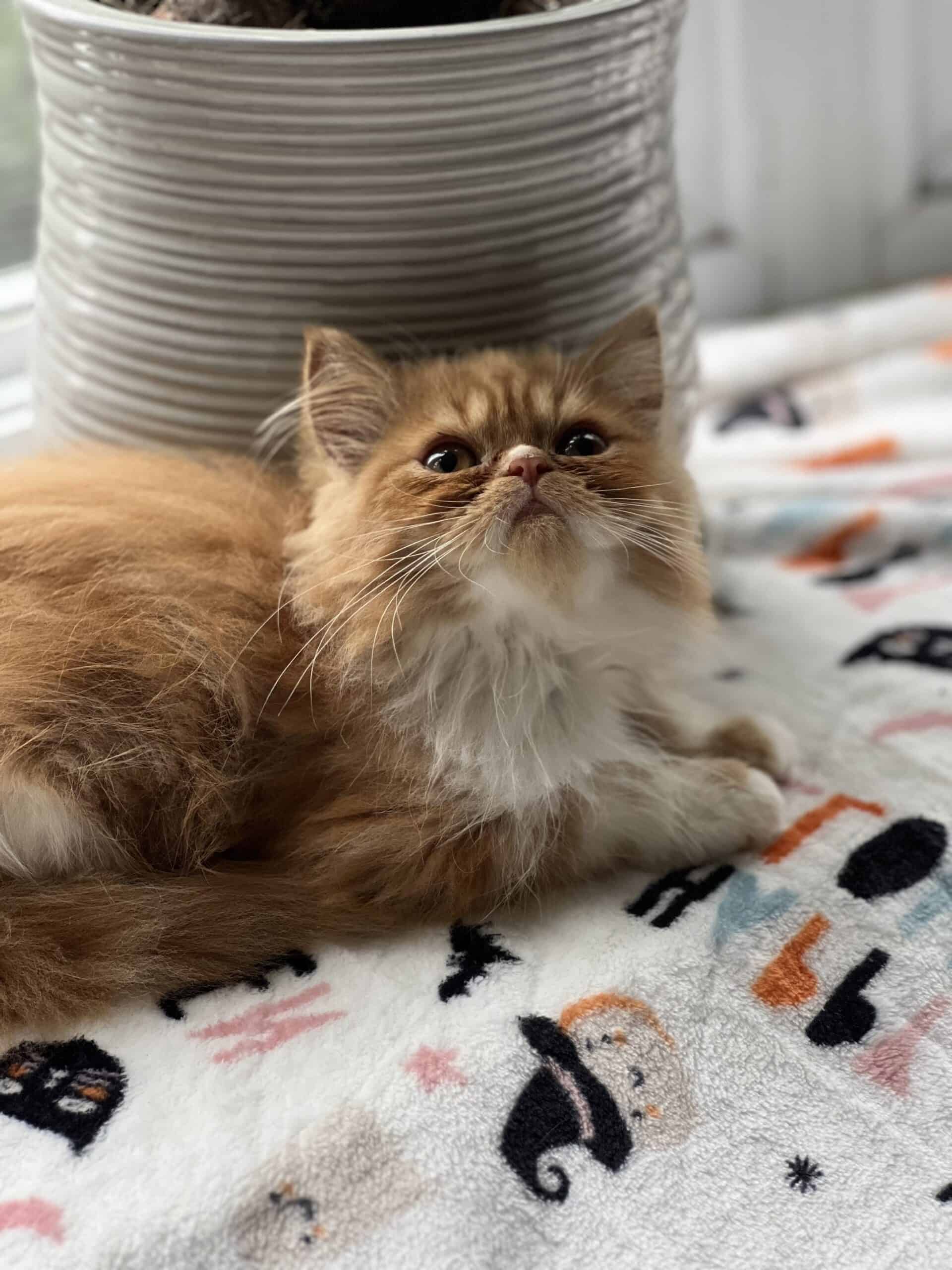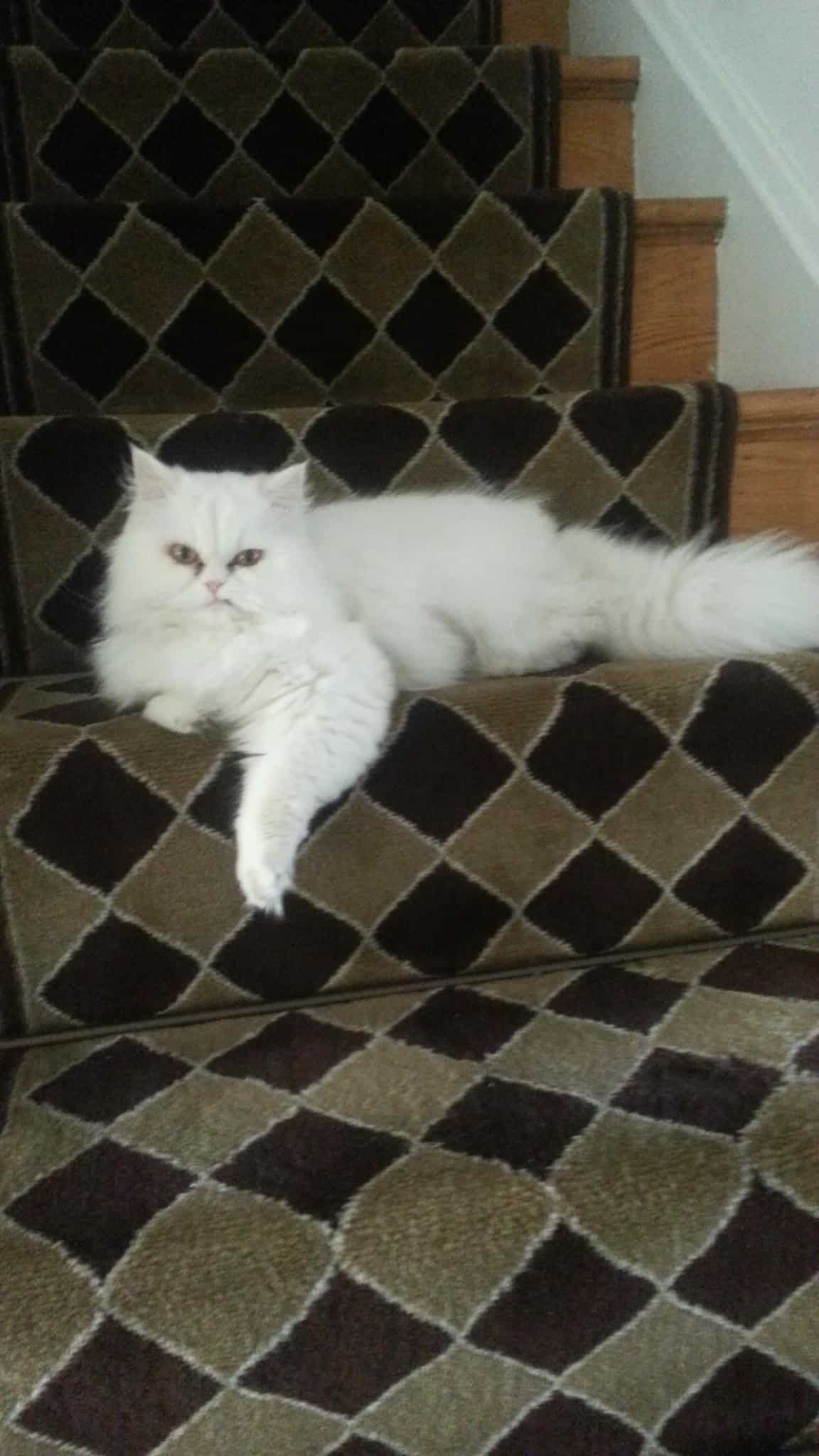Pitbull, Husky, Shiba Inu mix pups!
Hotchkiss, CO 81419, United States
4 beautiful girls in need of their furever home
FHPR+4J Rutherford, CA, USA
Mixed Breed Dogs for Sale
Although mixed breed dogs for sale fell out of favor during the Victorian Era, they have never remained out of the public eye for long. The demand for mutts has waxed and waned over the decades, finally culminating in a craze of sorts with the designer dog of the 1990s. As of the 2020s, mixed-breed dogs seem to have cemented their status in pet owners’ hearts. They have proven ideal companion dogs with purported health benefits over their purebred counterparts, stable temperaments, and versatility in a variety of activities such as search and rescue, agility, dock diving, hiking, Frisbee, and flyball.
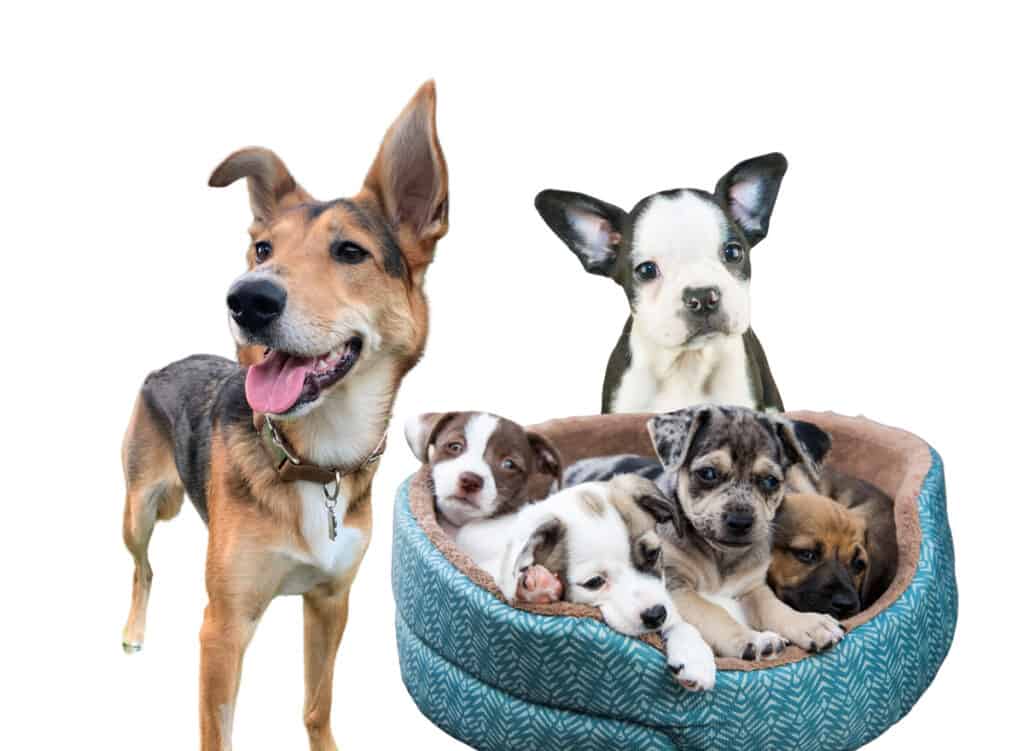
History of Mixed Breed Dogs
Crossbred dogs have existed for centuries. Modern purebred dogs originated from dogs of indeterminate ancestry. They often started with a lot of genetic diversity, and their gene pools shrank with the selection of specific traits. For example, German Shepherds originated with one iconic specimen, Horand, and several generic herding dogs. Even a few of the ancient breeds, such as the Akita and St Bernard, underwent crossbreeding to save them from extinction. Mutts were more in demand during hard times like World war I because purebreds became too extravagant and impractical. After wartimes, accidental crossbreeding was commonplace, resulting in numerous mutts or mongrels. They had little dollar value, often just given away in newspapers.
Rise of Mixed Breed Dogs
The first intentional hybrids likely began with the Cockapoo in the 1950s. However, the designer dog craze of the 1990s began with the Labrador x Poodle cross and jumpstarted a surge in mixed-breed interest and small mixed breed puppies for sale. A decade later, crossbreeding expanded beyond Poodles to French Bulldogs and any other breeds that might create a desirable mix of characteristics. Fanciers selected traits based on appearance, health, companionship, and sometimes guarding or other working abilities. The designer dog became a term that referred to the intentional mixing of purebred dogs to distinguish them from regular mongrels. Mix breed puppies for sale can command purchase prices as high as purebreds when they are designer dogs with catchy names.
Popular Mixed Breed Dogs
As of the 2020s, any list of popular mixed-breed dogs would barely scratch the surface of all that is available. Dog enthusiasts think of a new crossbreed seemingly every week, and if the result is cute or exceptional in some way, it becomes a newly designed canine.
Small mixed breed puppies: “Poos”
Poos are based on the same premise as Doodle, but were around first. The Cockapoo did not not launch the hybrid dog into popularity when it originated but remains the most common designer dog as of 2020.
- Cockapoo – Cocker Spaniel
- Maltipoo – Maltese
- Yorkiepoo – Yorkshire Terrier
- Jack-a-Poo – Jack Russell Terrier
- Cavapoo – Cavalier King Charles Spaniel
- Westiepoo – West Highland White Terrier
- Shih-Poo – Shi Tzu
- Bich Poo – Bichon Frise
Doodles
The goal of the Doodle was originally to breed a hypoallergenic dog that would also be an excellent guide dog. Labradoodles and Goldendoodles continue to be among the most popular seeing eye dogs in the 2020s and some working dogs involve mixes between these two breeds. They are also among the most in-demand pet designer dogs.
- Labradoodle – Labrador Retriever
- Goldendoodle – Golden Retriever
- Bernedoodle – Bernese Mountain Dog
- Aussiedoodle – Australian Shepherd
- Sheepadodle – Old Endlish Sheepdog
- Shepadoodle – German Shepherd
- Irish Doodle – Irish Setter
- Schoodle – Schnauzer
- Pyredoodle – Great Pyrenees
- Bordoodle – Border Collie
German Shepherd
People have long been interested in reproducing the working qualities of the GSD along with moderating some of its conformational and temperamental issues.
- Sheprador – Labrador Retriever
- Shollie – Border Collie; used to be Scotch Collie, but this mix is less common
- Gerberian Shepsky – Siberian Husky
- Bernese Shepherd – Bernese Mountain Dog
- Alaskan Shepherd – Malamute
- German Wolf – Wolf hybrid
- Saint Shepherd – St Bernard
- Corman Shepherd – Corgi, usually Pembroke Corgi
- New Shepherd – Newfoundland
- Shottie or Shepweiler – Rottweiler
- Shug – Pug
- Golden Shepherd – Golden Retriever
- King Shepherd – Alaskan Malamute, German Shepherd, Great Pyrenees, Akita; move to make this a breed
- Czechoslovakian Wolfdog – began as a wolf cross, now a recognized dog breed; Czekoslovakian type German Shepherd x Carpathian wolf
Labrador Retriever
Labrador Retriever are common to mixes as they have been the most popular dog in America for several years.
- Bullador – English Bulldog
- Dachsador – Dachshund
- Bullmasador – Bullmastiff
- Aussiedor – Australian Shepherd
- American Bullador – American Bulldog
- Labraheeler – Australian Cattle DOg
- Labrakita – American Akita
- Labrala – Vizla
- Beagador – Beagle
- Rottador – Rottweiler
Bichon
The Bichon is a covted mix because of its steady, sweet temperament and fluffy white hypoallergenic coat.
- Shichon, Zuchon, or Teddy Bear Shih Tzu – Shih Tzu
- Glechon – Beagle
- Shelchon – Shetland Sheepdog
- Chi Chon – Chihuahua
- Bostchon – Boston Terrier
- Corgi Frise – Corgi
- Kashon – Cairn Terrier
- Pushon – Pug
- Yorkie Bichon – Yorkshire Terrier
French Bulldog
Breeding French Bulldogs became a movement after the Doodle craze was well underway. Although fanciers claimed improvement to the Frenchie’s health as their main motivation, many of the breeds they use in their crosses have similar breathing issues.
- Frenchton – Boston Terrier
- Frug – Pug
- French Boodle or Froodle – Poodle
- French Chow Dog – Chow Chow
- Frengle – Beagle
- French Bulhuahua – Chihuahua
- French Shepherd – GSD
- French Pomerdog – Pomeranian
- French Bull-Aussie – Australian Shepherd
- French Bullweiler – Rottweiler
- French Bulloxer – Boxer
- Frinch French Pin – Miniature Pinscher
- Miniature French Schnauzer – Miniature Schnauzer
Most Popular Mixed Breed Dogs in 2021
- Chorkie (1990s US) – Chihuahua x Yorkshire Terrier
- Maltipoo
- Pomsky (2009 in US) – Pomeranian x Siberian Husky; other husky types may be used
- Yorkipoo (1980s)
- Goldador (2010s to combine sensitivity of Golden with tolerance of Lab) – Golden Retriever x Labrador Retriever
- Schnoodle – Schnauzer x Poodle; combines 2 hypoallergenic types of coats
- Cockapoo (1950s US) – Spoodle in Europe; spaniel x Poodle
- Puggle (1980s) – Pug x Beagle
- Labradoodle (development of hypoallergenic service dog during mid 1970s to late 1980s in Australia)
- Goldendoodle (1990s US)
Care of Mix Breed Dogs
Mix breed dogs require the same basic care as other pets.
- Affection and attention
- Exercise
- Grooming
- Food and water
- Bedding
- Toys
- Training and socialization
Attention
Before you select a specific mix, research the breeds that comprise it to determine how much attention it might need to be happy and healthy. Many dogs bred for companionship are “Velcro” dogs, needy and loving. Working dogs might require a different kind of attention, such as a job to perform.
Exercise
All dogs require a minimal amount of exercise daily. Typically, the larger your dog, the more exercise she needs. Working breeds are more active with a lot of stamina and usually need over an hour of daily exercise. Brachycephalic or snub-nosed breeds are frequently exercise-intolerant and cannot undergo any activities when it is hot outside. Long-backed dogs such as Dachshund or Corgi mixes should not engage in jumping on and off high surfaces.
Grooming
All dogs have the same basic grooming requirements.
- Nail trim – every 4 to 8 weeks
- Bath – very 1 to 3 months
- Brushing – at least weekly
- Cleaning the face – at least every other day
- Inspect ears – every 2 to 4 days
Northern breeds (eg. GSD, Chow Chow, Great Pyrenees, Corgi) with a double coat need to be brushed two or three times a week. They will have seasonal hair loss in the spring and fall during which brushing should increase to a daily regimen. Short coats(eg. French Bulldog, Dachshund, Miniature Pinscher) tend to be dominant and need you to brush them weekly. Breeds with continuously growing hair (eg. Bichon, Maltese, Schnauzer, Poodle) usually need to be brushed four or more times a week.
Feeding
Always stick with high-quality dog food with any breed you choose. Animal proteins are most acceptable and should appear as meat or named meal within the first few ingredients. Fats are also necessary for all canids. Although animal-sourced fats are ideal, many premium diets go with healthy plant oils such as coconut or flaxseed. Some owners feed grain while others believe in grain-free diets for their dogs. Dogs have different tolerances, and some are sensitive to carbohydrates or different proteins. Grain-free diets can be meat-based or include peas, potatoes, or sweet potatoes. Many dog food companies include a small number of berries and vegetables that may be found in a prey-based diet. You can consult with a canine nutritionist to come up with an optimal diet for your dog that might be dry, moist, wet, fresh, raw-frozen, or dehydrated. Small mix breed dogs require 30 to 35 calories per pound of body weight every day compared to 20 to 25 for their larger relatives. Mixed puppies for sale require two or three times as much food as an adult.
Training and Socialization
Whether you have a guard dog or a lapdog, your pet needs training and socialization. Socialization can prevent neuroses that lead to shyness, timidity, or aggression. It teaches dogs how to identify a true threat. Social skills enable extroverted companion dogs to be outgoing and friendly and working animals to be self-assured and discriminating. Socialization should begin as soon as you acquire your puppy with the critical influential period already ending at the age of 16 weeks. Training provides your dog with proper manners, the ability to function at her duties, and mental enrichment. It should be ongoing and daily from puppyhood through late adulthood. Often, training should be part of your dog’s exercise routine.
